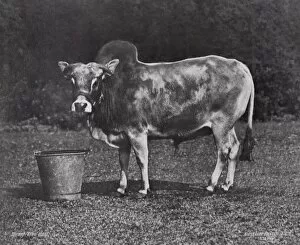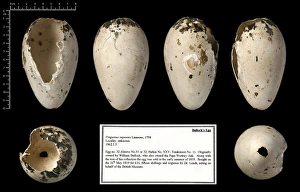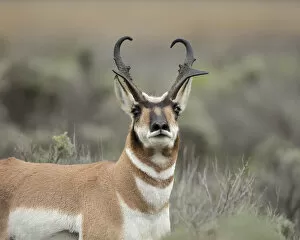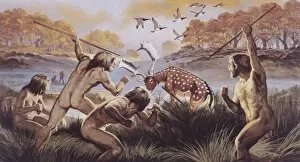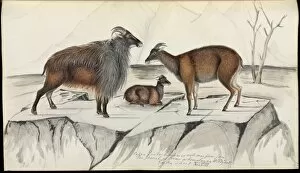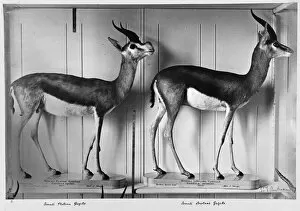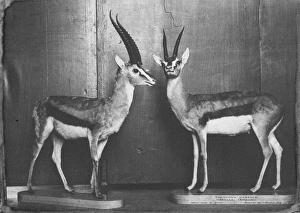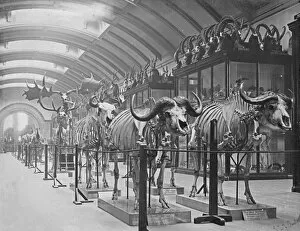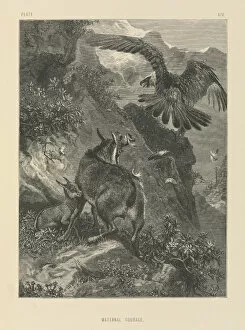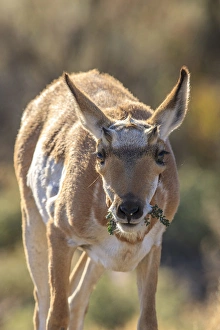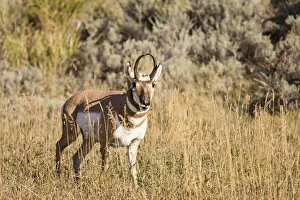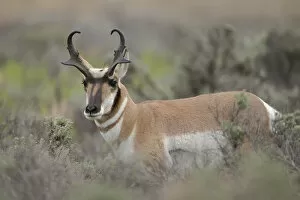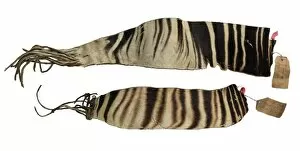Artiodactyl Collection (page 3)
"Discovering the Artiodactyl: A Journey through Fascinating Creatures and their Enigmatic World" Step into the realm of artiodactyls
All Professionally Made to Order for Quick Shipping
"Discovering the Artiodactyl: A Journey through Fascinating Creatures and their Enigmatic World" Step into the realm of artiodactyls, where a diverse array of magnificent creatures awaits. From the adorable Lama pacos, commonly known as alpacas, with their soft woolly coats that warm hearts to Cladognathus sp. , a stag beetle boasting intricate patterns on its exoskeleton - prepare to be captivated. Travel back in time and witness Homo habilis in action, showcasing early human intelligence alongside these remarkable beings. Ovis aries, better known as sheep, graze peacefully under the watchful eye of nature's design while examining the intricately detailed skull of a pygmy hippo. Marvel at ancient giants like the Great Irish Elk and Megatherium; their majestic presence preserved through time. Encounter Connochaetes taurinus, or Blue wildebeest, roaming freely across vast plains while Tragelaphus strepsiceros (Greater kudu) gracefully navigates dense forests. Immerse yourself in history with William C Harris' depiction of "Hunting the Giraffe, " capturing both man's primal instinct and admiration for these towering creatures. Observe Anoplotherium commune & gracile (Palaeotherium), ancestors from an era long gone but not forgotten. Find solace beneath Salix caprea's branches - the goat willow tree providing shelter for countless species within this ecosystem. Lastly, meet Babyrousa babyrussa (babirusa), an enchanting creature adorned with unique tusks that add to its mystique. Artiodactyls have shaped our world since ancient times; they are more than just animals – they represent resilience and adaptability. Join us on this captivating journey as we unravel their secrets and celebrate these extraordinary beings who share our planet.

